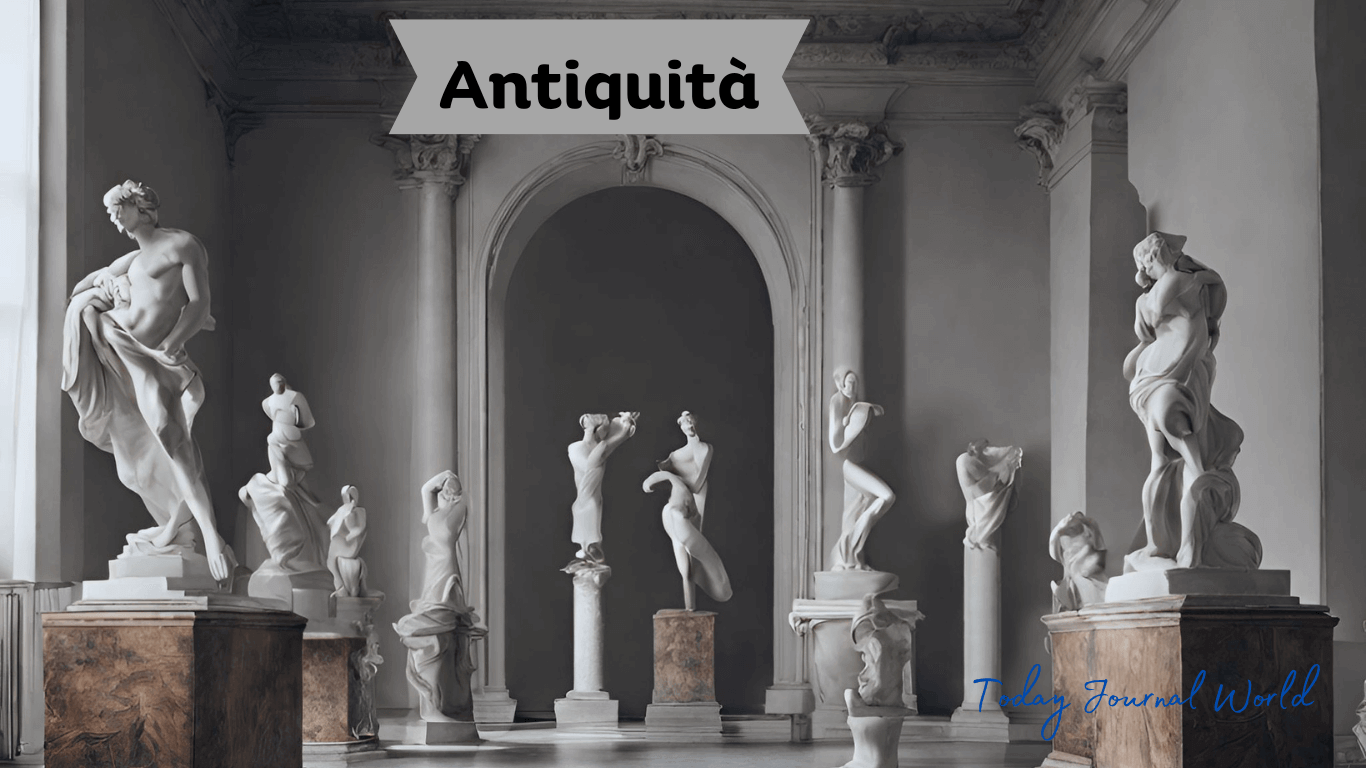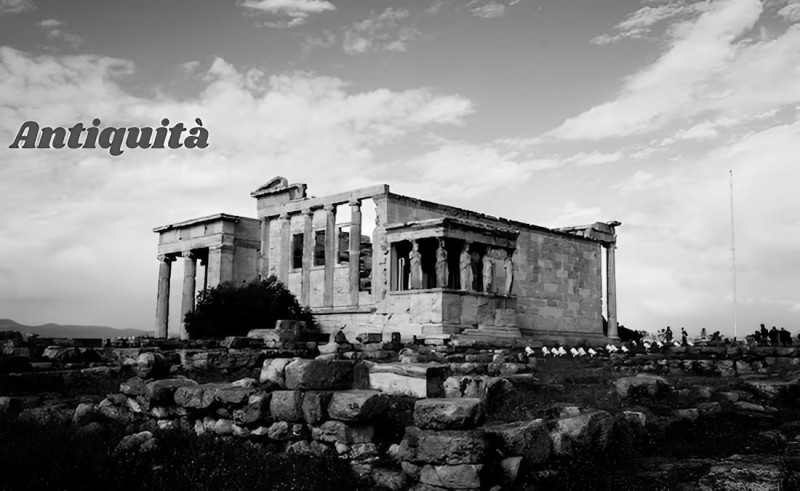The world is a treasure trove of history, with each artifact holding a unique story waiting to be unraveled. Antiquità, a term deeply rooted in the rich tapestry of human history, encapsulates the essence of ancient times, offering a glimpse into the civilizations that have shaped our present. In this article, we embark on a journey to explore the significance of antiquities, the challenges they face, and the role technology plays in their preservation.
The Rich History of Antiquità
From the majestic ruins of ancient civilizations to the delicate relics of bygone eras, antiquità encompasses a vast array of historical artifacts. The term itself is derived from the Latin word “antiquus,” meaning ancient, reflecting the enduring allure of times long past.
Exploring the origins of antiquità takes us on a captivating journey through different historical periods. From the glory of ancient Greece and Rome to the enigmatic wonders of Mesopotamia, each era has left an indelible mark on the collective human experience.
Types of Antiquities
Antiquities come in diverse forms, ranging from pottery and sculptures to architectural marvels and ancient manuscripts. Across cultures and civilizations, these artifacts serve as tangible links to our ancestors, providing insights into their daily lives, beliefs, and achievements.
Consider the intricately carved Egyptian hieroglyphs or the exquisite pottery of the Ming Dynasty—each piece tells a unique story, preserving the cultural heritage of its time.
Challenges in Preserving Antiquities
While antiquities hold immense historical value, they face numerous challenges in the modern world. Factors such as environmental degradation, illegal excavation, and cultural heritage disputes pose significant threats to their preservation.
The global issue of illegal trade in antiquities not only strips nations of their cultural treasures but also fuels a destructive cycle that perpetuates the loss of historical context. Addressing these challenges requires a concerted effort on both local and international levels.
The Role of Technology in Antiquity Preservation
In the face of these challenges, technology emerges as a crucial ally in the preservation of antiquities. Advanced imaging techniques, 3D printing, and other innovative technologies offer new avenues for documenting, restoring, and safeguarding these treasures.
For instance, high-resolution scans can capture the intricate details of artifacts, allowing for virtual reconstructions and comprehensive archival records. Such technological advancements not only aid in preservation but also open up opportunities for broader public access and education.
Famous Antiquities Around the World

To truly appreciate the significance of antiquità, one must explore the iconic artifacts scattered across the globe. The Pyramids of Giza, the Terracotta Army, and the Rosetta Stone stand as testaments to human ingenuity and achievement.
These artifacts not only showcase the artistic and engineering prowess of ancient civilizations but also serve as symbols of cultural identity. They inspire awe and curiosity, inviting people from all walks of life to connect with the past.
Ethical Considerations in Antiquities Collection
The acquisition of antiquities is a topic fraught with ethical considerations. The trade in stolen or illegally excavated artifacts perpetuates a cycle of cultural loss and raises questions about the rightful ownership of these treasures.
Responsible collecting involves adherence to ethical guidelines, supporting legitimate channels for acquisition, and respecting the cultural heritage of source nations. By promoting transparency and accountability, enthusiasts can contribute to the sustainable preservation of antiquities.
The Market for Antiquities
The allure of owning a piece of history has created a market for antiquities, both legitimate and illicit. While legal acquisition supports preservation efforts, the illegal trade poses a grave threat to cultural heritage.
Creating awareness about the importance of purchasing through legal channels is crucial. Governments, collectors, and organizations play a pivotal role in ensuring that the market for antiquities operates ethically, safeguarding the integrity of historical artifacts.
DIY Antiquities Preservation Tips
Preserving personal collections of antiquities requires a sense of responsibility and care. Enthusiasts can adopt simple yet effective measures to ensure the longevity of their artifacts.
Proper storage, climate control, and regular maintenance are essential aspects of DIY preservation. By following these tips, collectors contribute to the broader effort of safeguarding our shared cultural heritage.
Antiquità in Popular Culture
Beyond museums and historical sites, antiquities permeate popular culture, shaping our collective imagination. From Indiana Jones’ quest for ancient relics to the mystique surrounding cursed artifacts in literature, these cultural representations influence how we perceive and value antiquities.
The portrayal of antiquities in media underscores their universal appeal, bridging the gap between academic interest and public fascination. This cultural integration fosters a deeper appreciation for the importance of preserving our shared heritage.
The Future of Antiquities Preservation
As technology continues to advance, the future of antiquities preservation holds exciting possibilities. From AI-driven restoration projects to virtual reality experiences that transport individuals to ancient civilizations, the evolving landscape promises new avenues for exploration and education.
Governments and organizations must adapt to these changes, embracing innovative approaches to ensure the continued protection of our cultural heritage. The collaborative efforts of experts, enthusiasts, and communities will shape the trajectory of antiquity preservation in the years to come.
Educational Initiatives for Antiquity Awareness
Fostering an appreciation for antiquità begins with education. Implementing initiatives that introduce students to the wonders of archaeology, history, and cultural preservation is essential in cultivating a sense of responsibility towards our shared heritage.
Museums, schools, and cultural institutions play a vital role in creating engaging educational programs. By making antiquities accessible and relatable, these initiatives inspire the next generation to become stewards of our collective past.
Case Studies: Successful Antiquities Preservation Projects
Examining successful projects provides valuable insights into effective antiquities preservation. The restoration of Pompeii’s archaeological site, the conservation efforts at the Louvre Museum, and community-driven initiatives in archaeological sites worldwide serve as exemplary case studies.
These projects demonstrate the importance of collaboration, technological innovation, and community involvement in ensuring the long-term preservation of antiquities. Drawing inspiration from these successes can guide future endeavors in safeguarding our shared cultural legacy.
Community Involvement in Antiquity Preservation
Preserving antiquities is not solely the responsibility of governments and institutions. Local communities, with their intimate connection to the heritage of their surroundings, play a crucial role in safeguarding historical artifacts.
Empowering communities through education, resource allocation, and active involvement in preservation efforts fosters a sense of ownership and pride. By recognizing the value of their cultural heritage, communities become advocates for the protection of antiquities on a grassroots level.
Conclusion
In the intricate tapestry of human history, antiquità serves as a thread that connects us to our roots. Understanding and preserving these artifacts is not merely a scholarly pursuit but a collective responsibility that transcends borders and generations. As we delve into the past, we uncover not only the achievements of our forebears but also the lessons that guide us toward a more enlightened future.
Preserving antiquities is a shared endeavor that requires the commitment of individuals, communities, and nations. By embracing the challenges and opportunities presented by technology, fostering ethical practices, and promoting education, we contribute to a legacy that transcends time.
FAQs
- How can individuals contribute to the preservation of antiquities?
- Individuals can contribute by supporting ethical collecting practices, promoting awareness, and engaging in responsible DIY preservation.
- What role does technology play in safeguarding antiquities?
- Technology aids in documentation, restoration, and virtual accessibility, contributing to the preservation and broader understanding of antiquities.
- Why is community involvement crucial in antiquity preservation?
- Communities, with their deep connection to local heritage, play a vital role in safeguarding and advocating for the protection of historical artifacts.
- Are there any legal considerations in the market for antiquities?
- Yes, legal considerations are crucial to ensure that the trade in antiquities follows ethical and legal channels, preventing the illicit trafficking of cultural treasures.
- How can educational initiatives promote awareness of antiquity preservation?
- Educational initiatives can create engaging programs that introduce students to archaeology, history, and cultural preservation, fostering a sense of responsibility and appreciation.



